Shift Towards Premium Services
The aircraft cabin-upgrades market is witnessing a shift towards premium services as airlines aim to cater to affluent travelers. This demographic is increasingly willing to pay a premium for enhanced experiences, including luxury seating, gourmet dining, and personalized services. Recent surveys indicate that 60% of business travelers prefer airlines that offer premium cabin options. As a result, airlines are investing heavily in upgrading their premium cabins to attract this lucrative market segment. This trend is expected to drive growth in the aircraft cabin-upgrades market, with projections indicating that premium cabin upgrades could account for over 40% of total market revenue by 2026.
Rising Demand for Enhanced Comfort
The aircraft cabin-upgrades market is experiencing a notable surge in demand for enhanced passenger comfort. Airlines are increasingly recognizing that a comfortable cabin environment can significantly influence customer satisfaction and loyalty. Recent data indicates that 70% of travelers prioritize comfort features when selecting airlines. This trend is prompting carriers to invest in cabin upgrades, including improved seating, advanced climate control systems, and noise reduction technologies. As competition intensifies, airlines are likely to allocate substantial budgets towards these enhancements, with estimates suggesting that the market could reach $5 billion by 2027. This focus on passenger comfort is reshaping the aircraft cabin-upgrades market, driving innovation and investment in new technologies.
Sustainability and Eco-Friendly Practices
Sustainability is becoming a crucial driver in the aircraft cabin-upgrades market as airlines seek to reduce their environmental footprint. There is a growing emphasis on eco-friendly materials and energy-efficient designs in cabin upgrades. Airlines are increasingly adopting sustainable practices, such as using recycled materials for cabin interiors and implementing energy-efficient lighting systems. Data shows that 55% of travelers prefer airlines that prioritize sustainability in their operations. This consumer preference is prompting airlines to invest in green technologies and practices, which could lead to a substantial shift in the aircraft cabin-upgrades market. As sustainability becomes a core value for consumers, airlines that embrace these practices may gain a competitive edge.
Regulatory Compliance and Safety Standards
The aircraft cabin-upgrades market is also being driven by stringent regulatory compliance and safety standards. Regulatory bodies in the US are continuously updating safety protocols, which necessitates upgrades to cabin interiors. Airlines must adhere to these regulations to ensure passenger safety and avoid penalties. For instance, the Federal Aviation Administration (FAA) mandates specific safety features in cabin designs, which can lead to significant investments in upgrades. The financial implications of non-compliance can be severe, potentially costing airlines millions in fines. Consequently, the need to meet these evolving standards is likely to propel the aircraft cabin-upgrades market, as airlines seek to modernize their fleets and enhance safety features.
Technological Integration for Operational Efficiency
Technological advancements are playing a pivotal role in shaping the aircraft cabin-upgrades market. Airlines are increasingly integrating smart technologies into cabin designs to enhance operational efficiency and passenger experience. Innovations such as in-flight entertainment systems, connectivity solutions, and automated cabin management systems are becoming standard. Data suggests that airlines investing in these technologies can improve operational efficiency by up to 30%, leading to cost savings and increased revenue. As airlines strive to differentiate themselves in a competitive landscape, the integration of cutting-edge technology into cabin upgrades is likely to remain a key driver in the aircraft cabin-upgrades market.


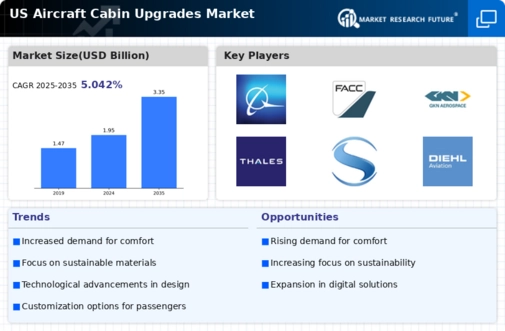

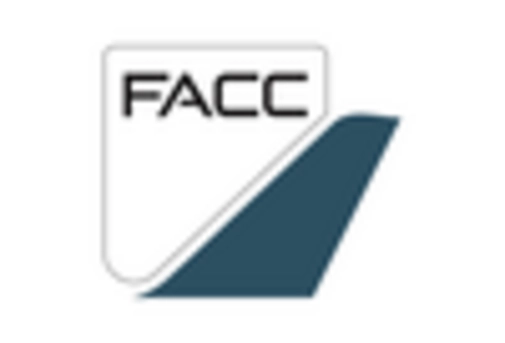

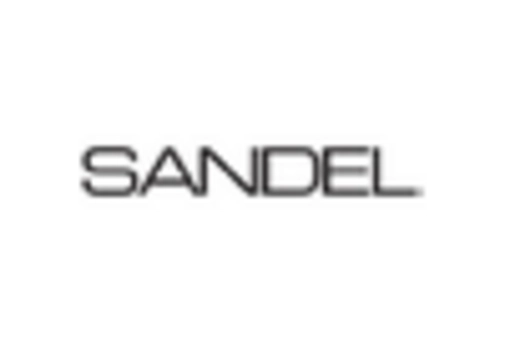

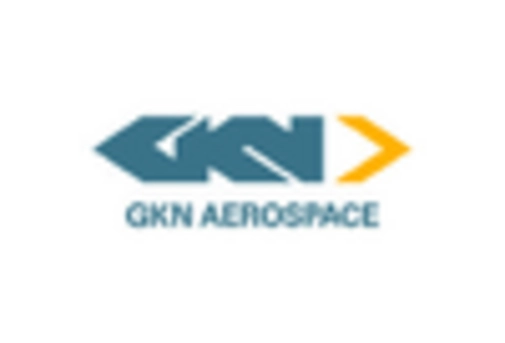


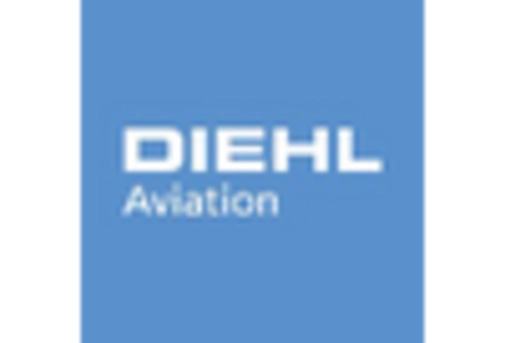









Leave a Comment